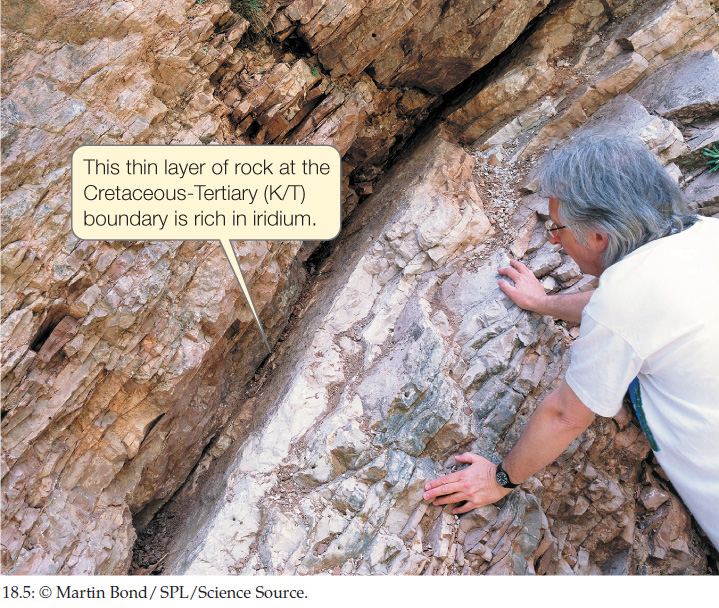
Figure 18.5: Evidence of a Meteorite Impact The white layers of rock are Cretaceous in age, whereas the layers at the upper left were deposited in the Tertiary. Between the two is a thin, dark layer of clay that contains large amounts of iridium, a metal common in some meteorites but rare on Earth. Its high concentration in this sediment layer, deposited about 65.5 million years ago, suggests the impact of a large meteorite at that time.